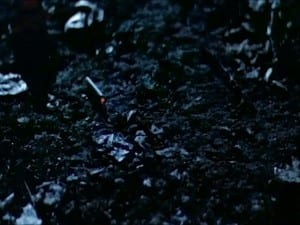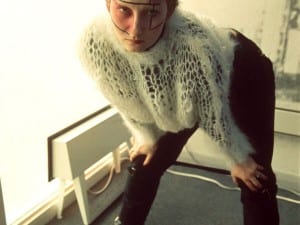The Magic of the State is the name given to a new group exhibition, which has recently opened at Lisson Gallery in London. The Lisson exhibition opens just as a show of the same name opens in Cairo’s Beirut gallery. The collaboration between Lisson and Beirut heralds the beginning of a new collaborative project between two galleries occupying vastly different political, social and economic spaces and, in doing so, explores an innovating model for future curatorial practices. In future ventures between both galleries, the same artists invited to participate on this occasion will be expected to produce a new selection of works.
The exhibition is thematic, and a comparison between some of the works on display would seem to suggest that the reference to the word “magic” refers to a specific kind of witchcraft at the heart of contemporary politics. While some of the works in the exhibition address the direct uses of magic, others address the use of magic in state affairs through its more indirect applications.
An example of the former approach can be seen in Goldin + Senneby’s Money will be like dross: A replica instruction for the August Nordenskiöld alchemy furnace (2012), where the replica is that of a model developed for the Swedish king in the late 18th century for the purposes of making gold- as if by magic- in an effort to devalue gold and destroy a metal-based economy.
In Liz Magic Laser’s Stand Behind Me (2012), speeches given my political figures such as Barack Obama and Angela Merkel are shown on a teleprompter beneath a projection of a performance recorded on the exhibition’s opening night. In the projection, an actor re-enacts the physical gestures made during those speeches. Viewed in isolation, the exaggerated gestures and impassioned words of political oratory fall relatively flat and, as such, the audience is left to consider whether the mingling of both speech and gesture- and the bewitching effect they trigger- constitutes an indirect form of witchcraft as seen in the political speeches we come across on television.
Christodoulos Panayiotou’s Invention of Antiquity (2012) presents an array of photographs culled from the archives of the Press and Information Office in Nicosia. In these photographs- likely commissioned by the Cypriot state as propaganda- various officials are photographed in and around the archaeological ruins of ancient amphitheaters in Cyprus at a crucial turning point in the state’s history. After gaining independence from Britain in 1960, the staged photographs demonstrate an effort on the state’s part to align the history of the emerging state with that of Athens’ illustrious classical past.
Aside from these and other works, at times it is difficult to gauge the contextual relevance of some of the other works included in this exhibition, and not all works on display generate the same impact. The show takes a little while to work its own magic on visitors, but when it finally does so, The Magic of the State provides visitors with a unique take on the machinations of government.
The Magic of the State, until 4 May, Lisson Gallery, 52-54 Bell Street, London, NW1 5DA.
Róisín Lacey-McCormac.
Credits
1. Christodoulos Panayiotou, The Invention Of Antiquity, 2012. Courtesy the Artist and Lisson Gallery.





